Single Spouse Bankruptcy: Does Declaring Bankruptcy Affect Your Spouse?
You are in either a common-law relationship or are married. You are thinking about filing bankruptcy alone as a single spouse bankruptcy without your partner filing. You have actually possibly questioned just how will your bankruptcy affect your spouse. The bright side is that in the vast bulk of situations, your bankruptcy will have no influence on your spouse. In most cases, there will be no legal effects when only one spouse files for bankruptcy.
The purpose of this Brandon’s Blog is to discuss the financial and legal implications of a single spouse bankruptcy. No doubt the stress and strain of one spouse’s debt load will place a strain on the household and the partner. Providing marriage advice is not my specialty, but insolvency is.
How Will My Bankruptcy Filing Impact My Spouse’s Credit and a Non-Filing Spouse’s Income In Bankruptcy?
Each individual has a separate credit rating and a unique credit report. When married, people’s credit scores and credit reports are not blended. When both spouses are working, their respective employers do not blend or pool their combined monthly incomes.
There is no credit record or wage or salary aggregators that combine credit reports or incomes of married or common-law partners. That merely does not exist. So when people wed, their credit ratings are not combined or averaged in any way. They stay separate.
For example, if you open up a credit card in your own name and do not include your partner as a supplementary cardholder, the credit history and debt for that credit card will never appear on your partner’s credit history record. If you make your payments on that separate credit card and they’re on time, or even continually late, it does not aid or harm your partner’s credit rating. Different financial obligations are never ever reported on anybody else’s credit report and do not impact their credit score.
Marriage or a common-law relationship, does not alter the fact that credit scores and reports are not combined in any way. For that same reason if you file an assignment in bankruptcy on the separate debt it is also not recorded on your partner’s credit report and will certainly not influence their credit score.
Joint debt is where both you and your partner are responsible for that debt. If just one partner files for bankruptcy there is no impact on the non-filing partner’s credit rating. However, the non-bankrupt spouse remains responsible to pay that debt. If the non-filing spouse does not do so, then it will affect that spouse’s credit rating and score.
Not because their spouse filed an assignment in bankruptcy, but because they are fully responsible for a joint debt. That’s the trick. So in a single spouse bankruptcy, initially the filing for bankruptcy by one spouse does not impact the non-bankrupt spouse credit rating, it can affect their financial situation and possibly their credit rating if there are joint debts that go unpaid.

Single spouse bankruptcy: How Will Filing Bankruptcy Affect My Spouse’s Property Or Income?
The second reason why one spouse’s assignment in bankruptcy will generally not impact a non-bankrupt spouse is that spouses are allowed to own separate property in their separate names. Added to this, the vast majority of unsecured debts such as credit cards, or secured debts like car loans mortgages are created by contract.
This means that only the person who agreed to be liable for the debt can be affected by it. Except in rare instances, one spouse is not required to pay the debts that are solely those of when the other spouse files bankruptcy either through their wages or their assets.
If you have joint property, bankruptcy law does not allow your non-bankrupt spouse’s portion of that property cannot be taken to pay your debts. Your licensed insolvency trustee (formerly called a trustee in bankruptcy) (Trustee) only holds the bankrupt person’s interest in the property.
While joint property can sometimes be sold, the non-filing spouse’s portion of that property must be returned to the non-filing spouse. It is never used to pay the debts of the filing spouse. The non-bankrupt spouse would, of course, be the natural purchaser of the bankrupt spouse’s interest in such joint property.
If you are filing in Canadian bankruptcy proceedings and wonder how the bankruptcy process will affect your spouse’s income, you are most likely confused about how bankruptcy can affect your spouse’s income. Your spouse does not need to be a part of a bankruptcy. It is a common misconception that bankruptcy affects your spouse’s monthly income.
The truth is, the courts do not look into your spouse’s income at all in a single spouse bankruptcy. However, your spouse’s income may be included in the calculation of family income and household expenses to calculate if the bankrupt spouse has any obligation to make surplus income payments from the household monthly income to contribute to his or her bankruptcy estate.
The individual contributions to household income also affect the surplus income calculation. Most of the monthly living expenses have an effect on the surplus income calculation.
Does Single Spouse Bankruptcy Change the Nature of Joint or Co-Signed Debts?
So you open a new account with one of the credit card companies in your name and do not get a supplementary card for your spouse. In that situation, your partner does not get a card for your account. Therefore, your partner also did not consent to be collectively responsible with you on that credit card. If you fail to make a payment on that bank card, they cannot sue your spouse.
If they can’t sue your partner, they cannot get a judgment against him or her. If they can’t get a judgment, then they cannot garnish your partner’s wages. They can not take your partner’s different bank account or different assets. They can try to collect the credit card debt from the individual that consented to be liable for it. This does not change because of a marital or common-law relationship. Therefore, if you file a personal assignment in bankruptcy, your non-filing spouse’s separate property and income cannot be taken by either the Court or your Trustee.
If unsecured creditors report a joint debt in the single spouse bankruptcy estate on that person’s credit record, that does not influence the non-filing partner’s credit history. However, for any joint debt, or a debt of the filing spouse that is guaranteed by the non-filing spouse, that is a different story. The non-filing spouse must live up to his or her obligations, which includes the responsibility for that joint or guaranteed debt after the partner files for bankruptcy.
If not, then the unsecured creditor definitely has remedies against the non-filing spouse. Not because they are the non-filing spouse, but because they are equally liable for the unsecured debt. However, if a creditor incorrectly reports the joint debt as being included in personal bankruptcy on the non-filing partner’s credit report, I do suggest that the non-filing spouse writes to the credit reporting agencies to get it corrected. The reason for this is because the non-filing spouse is not involved in bankruptcy.

A Non-Filing Spouse’s Joint Debt: Can my spouse and I file for joint bankruptcy?
Section 155 (f) of the Bankruptcy and Insolvency Act (R.S.C., 1985, c. B-3) (BIA) states:
“in such circumstances as are specified in directives of the Superintendent, the estates of individuals who, because of their relationship, could reasonably be dealt with as one estate may be dealt with as one estate”.
Section 66.12(1.1) of the BIA states:
“Two or more consumer proposals may, in such circumstances as are specified in directives of the Superintendent, be dealt with as one consumer proposal where they could reasonably be dealt with together because of the financial relationship of the consumer debtors involved.”
So, it is possible for the individual debtors who are spouses to file a joint consumer proposal to avoid personal bankruptcies or if it is really the only solution, a joint assignment in bankruptcy. What is necessary is that there should be is that the majority of their debts are joint, even though they are individual debtors.
Each situation will be different. Many times I have advised couples that they should file jointly and not do a single spouse bankruptcy. This is most useful where if only one spouse files either a consumer proposal or bankruptcy, the other spouse will not be able on their own to pay the joint debts. A joint bankruptcy filing will be more streamlined and less costly than if each spouse filed separately.
When considering a joint filing vs. single filing, follow the financial advice the Trustee provides. I once had a situation where the husband came to see me. He needed to file, but so did his wife. The reason was because of the predominance of joint debts. I advised that it would be best for the husband and wife to come to see me together so that I could explain the benefits of a joint consumer proposal filing to both of them.
The husband, thinking that he was protecting his wife, was adamant that only he would file in a single spouse bankruptcy process. Against my recommendation, he insisted on filing alone. We filed his debt management plan consumer proposal. As expected, the creditors where the debts were joint, starting making demands on the wife. She was unable to pay up, so, she too had to file a consumer proposal with me.
The unfortunate part was that the sum of the amounts that needed to be paid for a successful consumer proposal was greater than if they had filed jointly. So, as a family household, it cost them more than it would have if they filed jointly.
Both the husband and wife each made all the payments required under their respective accepted consumer proposals. It is just too bad that the total paid was more than if they had filed jointly. As always, I gave my best recommendations upfront. Unfortunately, the advice was not followed.
Single spouse bankruptcy: Bankruptcy and the non-filing spouse – Say goodbye to debt stress
Now what we have discussed are simply generalities in a single spouse bankruptcy. There are situations that do not fit neatly within these rules but that’s why you need an experienced Trustee to help review your situation and provide you with information on legal effects when only one spouse files for bankruptcy.
Do you have way too much debt? Prior to you getting to the phase where you can’t make ends meet and your credit report looks awful, reach out to a licensed insolvency trustee (previously called a bankruptcy trustee). In fact, if you understand that you can’t pay your separate debts, contact us.
We understand the pain and stress excessive financial debt can trigger. We can aid you to get rid of that discomfort as well as address your financial affairs and problems by offering prompt action and the ideal plan. We will be able to advise you on the legal effects when only one spouse files for bankruptcy or a consumer proposal.
Call Ira Smith Trustee & Receiver Inc. today.
Make an appointment with one of the Ira Smith Team for a free, no-obligation consultation and you can be on your way to enjoying a carefree life Starting Over, Starting Now.
Give us a call today so that we can help you get back to a stress and pain-free life, Starting Over, Starting Now.
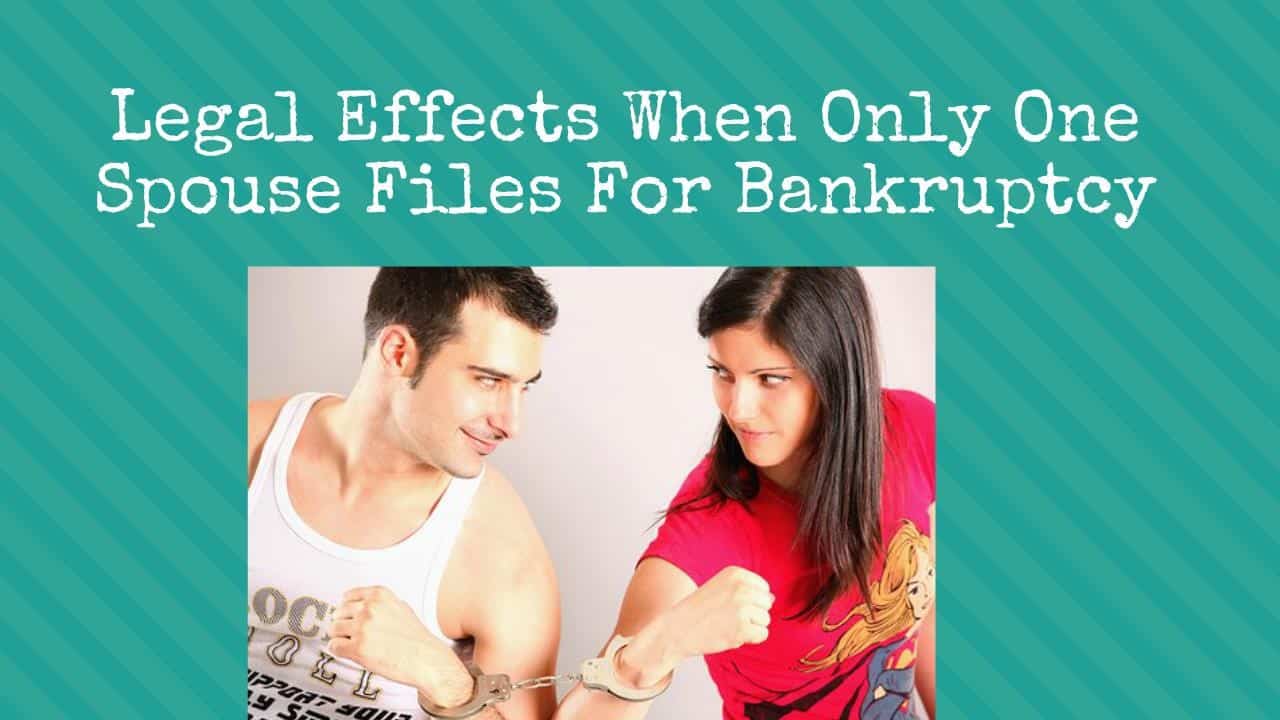



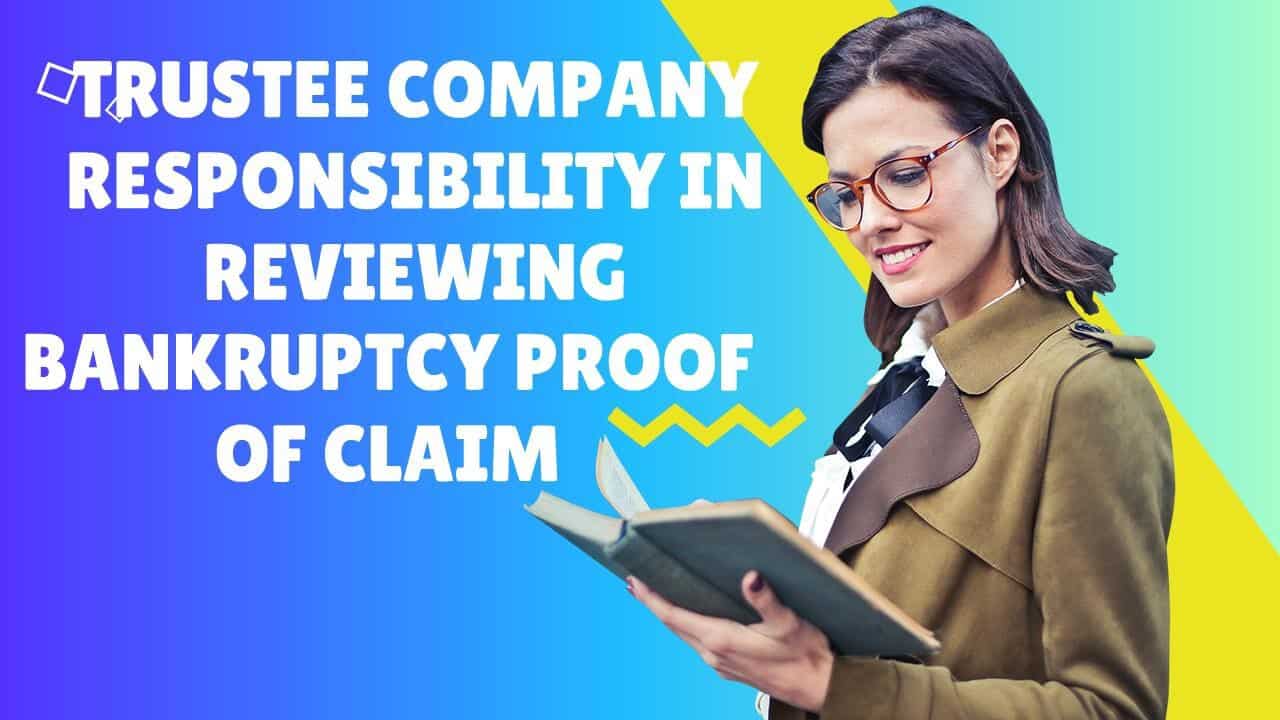



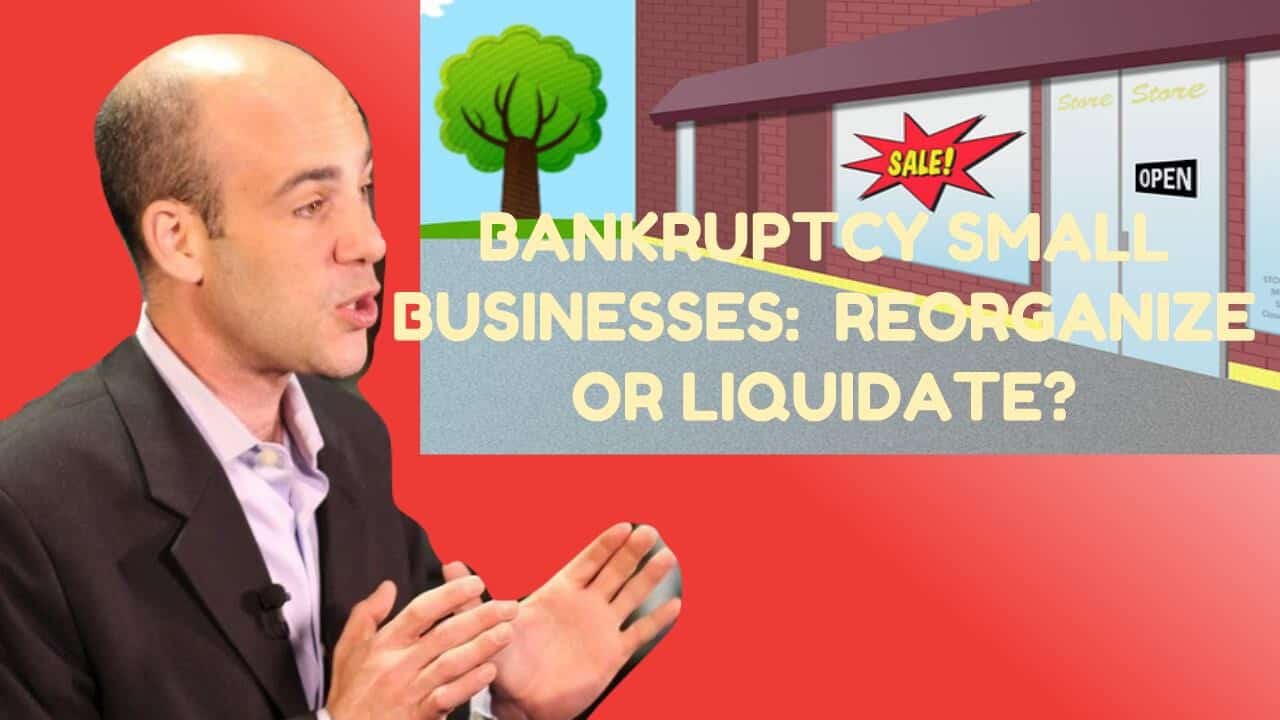
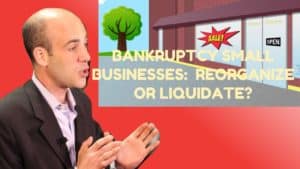
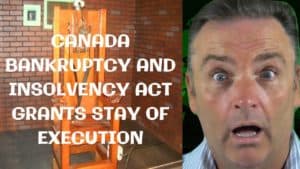
 canada bankruptcy and insolvency act
canada bankruptcy and insolvency act If you would prefer to listen to the audio version of this financial literacy Brandon’s Blog, please scroll to the bottom and click on the podcast
If you would prefer to listen to the audio version of this financial literacy Brandon’s Blog, please scroll to the bottom and click on the podcast